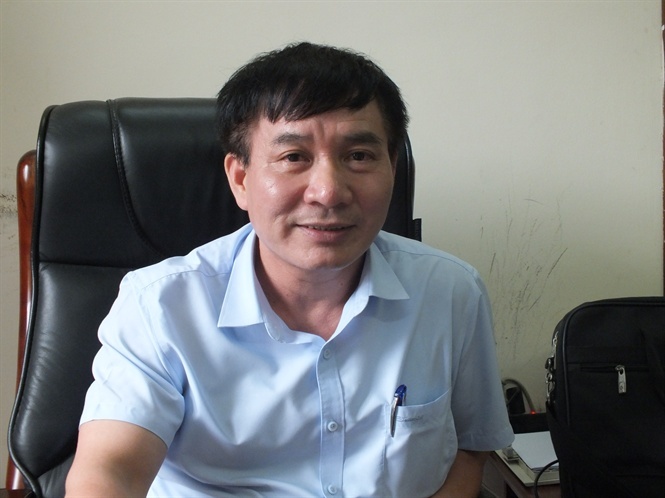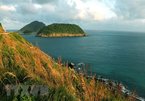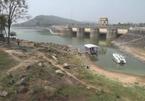Prof Dr Tran Dinh Hoa, deputy director of the Vietnam Institute of Water Resources Research, cited a report on fresh water reserves per capita as showing that Vietnam belongs to a group of countries lacking water.

Prof Dr Tran Dinh Hoa
The geographical position, topographical conditions, climate and hydrological regime are divided into two seasons - dry and rainy seasons.
According to Deputy Minister of Natural Resources and the Environment Le Cong Thanh, 63 percent of total water reserves comes from outside the territory.
| Storing rain water for use in daily life and fighting urban floods are different problems. As for large urban areas like HCMC,with its population density and terrain conditions, it is not feasible to store rain water to help prevent floods. |
Many areas, especially in the northern mountainous areas and coastal provinces in the south of the central region (Binh Thuan and Ninh Thuan), seriously lack fresh water because of low average rainfall.
The volume of fresh water in rainy season accounts for 80-90 percent of total fresh water.
In such conditions, storing water in rainy season for use in dry season has been the method applied by Vietnamese for thousands of years. The method is most commonly used in rural and mountainous areas. Water is usually stored in jars and tanks.
Over many years, many research projects at the state level on ways to store water in the rainy season have been carried out. However, according to Hoa, Vietnam still needs long term solutions to cope with water shortage and regulate water sources.
Storing rain water for use in daily life and fighting urban floods are different problems.
As for large urban areas like HCMC, with its population density and terrain conditions, it is not feasible to store rain water to help prevent floods.
The traditional method of storing water in jars and tanks, if applied in HCMC, would store no more than 10 percent of total rain water, a small proportion.
However, Japan has built multi-purpose rainwater underground reservoirs which can contain hundreds of million cubic meters of water, thus helping settle urban floods.
In dry season, the water is used for other purposes. Singapore also has similar reservoirs.
Hoa believes that storing rain water in large scale in urban areas will help both settle urban floods and provide relatively clean fresh water.
Hoa admitted that it will require big resources to implement the method, and Vietnam needs to apply more feasible measures, which is within the country’s reach.
He sai flooding is caused by concretization, which overloads the drainage system. If urbanites retain lakes and ponds during urbanization, this will help ease flooding.
Minh Ha

Con Dao may face freshwater shortage as tourist numbers surge
Local authorities of Con Dao Island off Ba Ria-Vung Tau Province have grown concerned over the potential undersupply of fresh water for residents and tourists if tourist arrivals to the island keep rising.

Mekong River suffers as Thailand stores more water
The Mekong water level in the section which runs across Thailand is at 2.6 meters, the lowest level in the last decade. Thai Nakkhon Phanom provincial authorities have begun storing water in 13 reservoirs in 12 districts for agricultural production.
 Vietnam needs a long-term general management strategy on the use of water.
Vietnam needs a long-term general management strategy on the use of water.